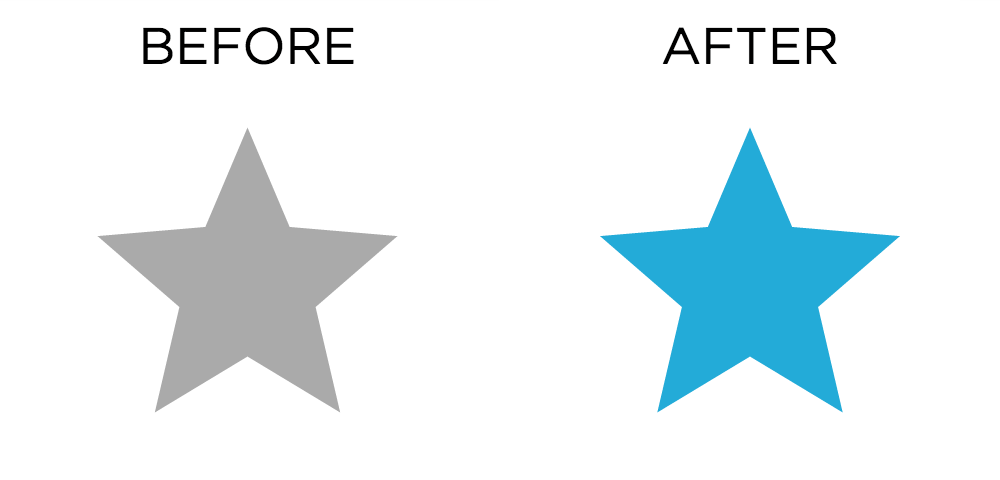
The goal of this library is to provide a best-guess interpolation for any two arbitrary shapes (or collections of shapes) that results in a reasonably smooth animation, without overthinking it.
Installation per npm:
npm install flubberNote that flubber only calculates the interpolated data:
import { interpolate } from "flubber";
const triangle = "M1,1 L2,1 L1.5,2 Z";
const pentagon = [[0, 0], [1, 1], [3, 1], [2, 0.5], [0, 1]];
const interpolator = interpolate(triangle, pentagon);interpolator(0); // returns the SVG triangle path string
interpolator(0.5); // returns something halfway between the triangle and the pentagon
interpolator(1); // returns the SVG pentagon path stringTo actually animate the SVG path you’ll need to call interpolator yourself on a timed interval, and set the path data to the returned result.
// Animate with a duration of 1250ms
animateOverTime(1250, (progress) => {
myPathElement.setAttribute("d", interpolator(t));
});This looks like a great thing to combine with some easing functions 😉
☝️ animateOverTime above is a custom function I quickly throw together. It allows one to perform a callback during a given period of time. Underneath the hood it’s powered by requestAnimationFrame.
See the Pen Timed requestAnimationFrame by Bramus (@bramus) on CodePen.
Leave a comment